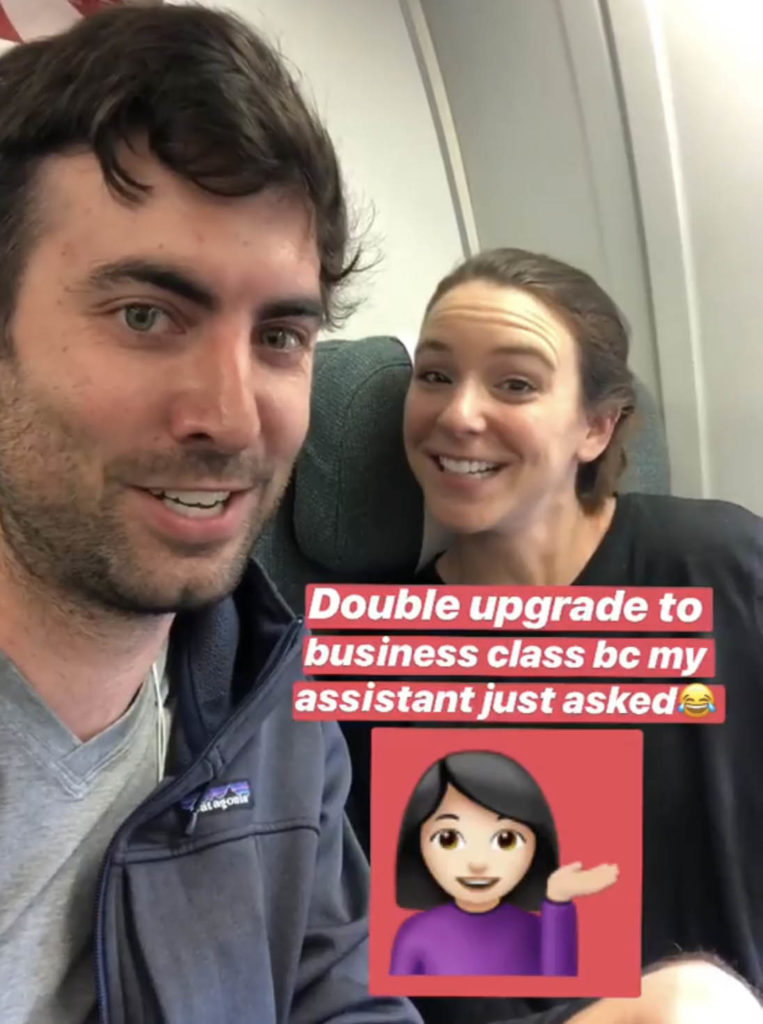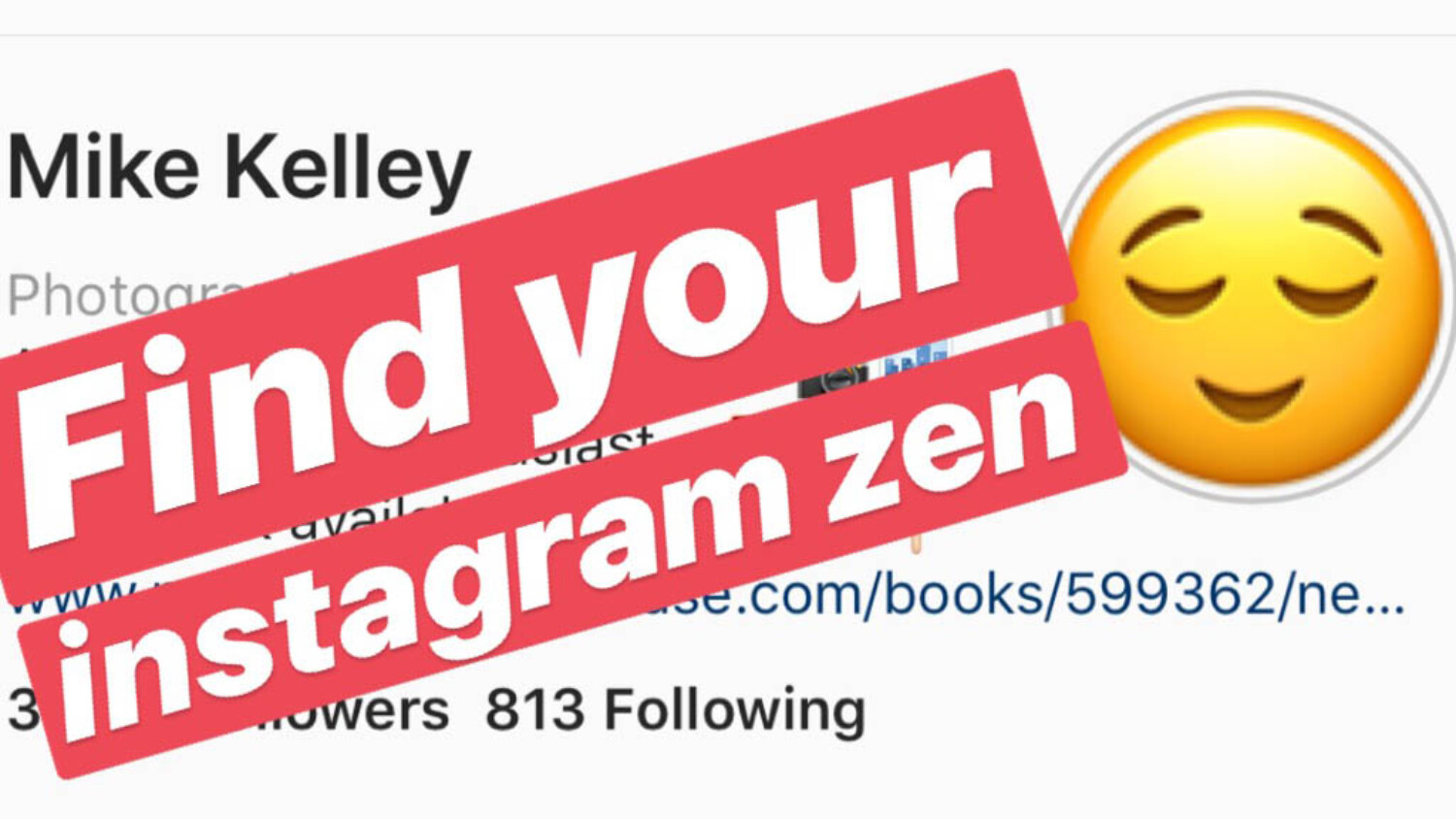How I Deal With Instagram as a Professional Photographer
Instagram can be an incredibly powerful tool, but also a very annoying, almost disheartening thorn in your side. While it has great promotional value, the flipside is that it is rife with image theft, copyright infringement, enough vagaries to make your head spin, and the unavoidable irritation that comes with constantly comparing yourself to others.
Why I like Instagram
Instagram, despite its shortcomings, does have a few great qualities. For one, it’s a great secondary portfolio. Thousands of people a year get to put their eyeballs on my Instagram portfolio while they’re on the toilet or sitting on an airplane. I’ve had a few photo editors, architects, and art buyers contact me after finding me on Instagram; this has led to plenty of leads, paid work, and print sales. It definitely does help to get eyes on your work if you stay active – but there are certainly other ways to achieve eyeballs on your work, too, so don’t think that Instagram is the end-all-be-all, but rather just another tool in the kit.
I also enjoy that it’s very easy to interact with current clients and potential clients. Sharing some kind words or accolades can go a long way, and it’s nice to let people know you still exist after not having worked together for a while. As long as you aren’t cheap about giving likes and spreading some love, it will come back ten-fold. I genuinely enjoy seeing what clients and friends are up to, and Instagram is a casual way to do this without an insane amount of effort.
Instagram Stories are also a very useful feature of the platform; I love showing clients what I’m up to without having to dilute the strength of my portfolio. Being able to temporarily share behind-the-scenes images and funny snapshots is a great way to stick in people’s minds. It’s also useful for showing off your personality to potential clients; if a client has to decide between being stuck in a room with a complete unknown quantity for 12 hours or the guy who seems pretty funny on his instagram story, they’re probably going to go with someone they think will make them laugh a little bit (provided that they get the job done). Long shoots with a personality mismatch between client and photographer can be akin to sitting in a dentist’s chair for 12 hours, so I figure it’s best to just get my personality out there in the open so people know what they’re getting into. I like to think I’m more than just a button pusher, and I also think my personality is a big reason I get hired, so I let it shine through in my stories where possible.

Why I hate Instagram
First, instagram can be terrible for your ego. If I had a dollar for every post that made me feel inadequate I could retire. I’ve spent countless nights lying awake scrolling through other photographers’ work wondering “how the f— did they get that gig, give me a break!” It’s taken a few years for me to get over it and stop caring, and to realize that there is always more work in the pipeline; that photography is not a zero sum game – multiple people can be successful at once. I still see a lot of photographers looking at it differently though, which is a shame. It’s okay – we’re human – and I know this sounds like I’m Buddha preaching or something, but it’s been a real exercise for me to become confident enough in my own work that seeing others’ work on Instagram doesn’t kill me. The feelings of inadequacy are real though, and it might take a while for you to stop feeling this way – I know it did for me, and occasionally it still creeps back.
Secondly, it’s so easy for your images to be stolen by shady accounts of dubious origin. One of my biggest pet peeves are crappy repost accounts named something like “ARCH AMAZING” based in Malaysia that take my pictures, repost them without credit or a tag, and then sell ads or product placement. Infuriating. I wish Instagram made it easier to see and police this, but until they do all we can do is whine about it.
Because it is so easy to share and re-post on Instagram, it does lead to some vague licensing tomfoolery between clients and their sub-contractors. It can be frustrating when your client, who has paid good money for the images, posts a picture that they are perfectly entitled to, but then a sub-contractor or someone who was tangentially involved in the project but you haven’t heard of re-posts the image for a marketing/advertising purpose. They really should be paying to use it, but you don’t want to call them on it and risk putting your good client in a tough position, so you just kind of waffle on it and grit your teeth. “But it’s JUST instagram!” they say! Gnashing of teeth and rending of hair…
Thirdly, and somewhat as a segue from points one and two, Instagram’s takedown process is convoluted and laborious. They really do make it as hard as possible to get them to remove stolen content – including showing your home address, phone number, and contact email to the offender. Kind of absurd, isn’t it? I have no idea why Facebook/Instagram want to make this so complicated, but they do. Probably because they are making a mint off of our intellectual property. So, yes, we should be paid, but that’s another post for another day.
I recently stumbled upon this video by Mike Perea which I feel sums up nicely some of the problems with Instagram’s current environment. I think this video is well worth a watch for anyone in our profession.
My Instagram Policy
In order to make my Instagram experience a little more sane, I’ve adopted the following “policy” when it comes to clients and hub accounts sharing my work.
- I only tag people if they have paid me or I want them to see my work because I think there is a legitimate interest in us working together. I never tag hub accounts hoping to be featured. I mentioned Instagram’s great promotional value earlier – and the ability to ‘tap’ a potential client on the shoulder with a tag to show them a picture is amazing – but at the same time, I don’t want to be letting people profit off of our work when they should be paying. This really goes for hub accounts, which I’ll never tag – why would I give them free material to make more money with?
- If any run-of-the-mill hub account reposts my work, I immediately begin a takedown process. Out of principle, I have no interest in seeing these people profit off of my work or that of other photographers without having done any other work besides trawling Instagram for content. LAME.
- If a legitimate publication (Architectural Record, Dwell, Architectural Digest, etc) reposts my image I am happy to have them share it provided there is a clickable credit (the actual @ credit – not just my name typed out) in the caption. This is good press that can actually send quality followers and potential clients your way. Do you really want 1000 low quality followers sent to you by a sketchy hub account, or would you rather have ten potential clients see your work by way of a legitimate architectural publication’s account? Do not settle for a typed credit with no tag.
- If there is no credit at all, on any account that is not my direct client, I initiate a takedown request unless it is a second-or-third degree of separation client, in which case I’ll send a message asking that credit be applied to the image.
You have to keep in mind that follower count is not everything. I’d rather have 100 great followers than 10,000 followers who would never in a million years hire me, so I have no problem nuking my images from hub accounts. Yet, a balance must be struck between leveraging Instagram’s promotional opportunities and its inherent penchant for devaluing our work. It’s a fine line, one that is always evolving, and one that takes a lot of time to really master (something which I am working on all the time).
At the end of the day, a quick hit of dopamine from a big hub account isn’t going to do much for you – where a nicely credited post from a quality account can be a great thing. So set your personal boundaries and stick to them, keeping in mind what an amazing – and terrible – tool that Instagram can be.
